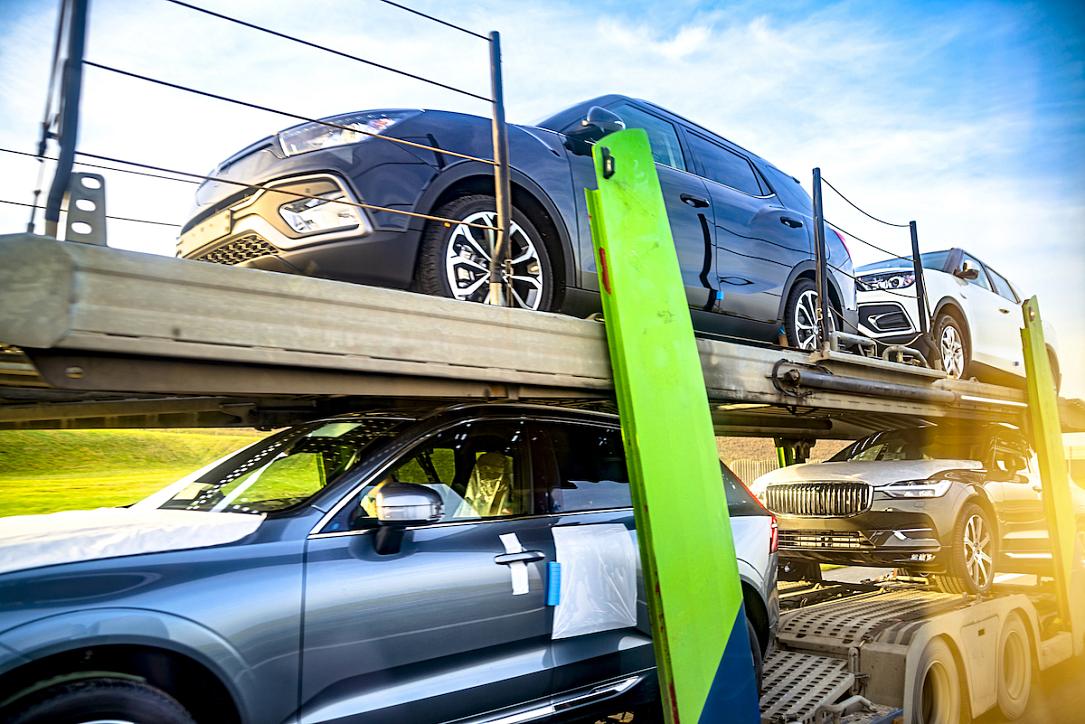PwC Autofacts: Sales of new vehicles will slightly increase this year in Romania



Automotive sales in Romania will end 2024 with a 1.7% increase compared to last year for passenger cars and a 0.6% increase for light commercial vehicles, according to the PwC Autofacts report conducted on five markets in Central Europe.
Dacia remains the best-selling brand in the country. Tesla doubled its sales during the same period and climbed 11 positions, entering the top 10.
"After a weak performance in the first quarter, partly due to the reduction of incentives for purchasing green vehicles, it is expected that the full-year estimate will indicate a slight increase in auto sales,” said Daniel Anghel, Partner and Leader of the Automotive Industry at PwC Romania.
“Signs of market recovery appeared in April, with an over 34% increase, but it should be noted that this month coincided with the end of the first session of the Rabla Plus program. The good news for the automotive sector is that production is on a positive trend, especially in the light commercial vehicle segment," he added.
Despite a 10.2% drop in car sales in the first quarter of 2024 compared to the same period in 2023, this is the second consecutive quarter in which the threshold of 30,000 units sold was surpassed, according to Autofacts.
The first quarter of this year was very good for car production in Romania, which increased by 7%, marking the second consecutive quarter of growth. For the entire year, production is expected to grow by 8.5%, driven by LCVs (Light Commercial Vehicles). In the case of passenger cars, production is forecasted to decrease by 7.1%.
Across the five analyzed countries, combined sales are expected to grow by 4.6% this year, with all markets on a positive trajectory. Hungary is expected to see the largest increase, at 8.7% compared to 2023.
However, light vehicle production in these markets will decrease by 0.8% in 2024 compared to 2023. This decline will be due to a 4% reduction in the passenger car segment, despite the forecasted growth of the light commercial vehicle market (+35.0%).
At the country level, the Czech Republic and Slovakia, the largest production markets among the five, will see their production levels decrease by 1.6% and 3.5%, respectively.
Electric vehicle production in the analyzed Central European countries continues to grow, estimated at a 15.6% increase in 2024 compared to 2023, with a huge advance of 208.4% expected by 2030. In 2024, BEV (Battery Electric Vehicle) performance is forecasted to be the weakest (-2.3%), while PHEV (Plug-in Hybrid, +24.0%) and FHEV (Full Hybrid, +27.9%) will compensate for the loss.
At the country level, BEVs will remain the most popular type of series electrified propulsion for four of the five markets (except Romania) starting in 2027. In Romania, FHEV (fully hybrid electric vehicles) will be predominantly produced.
(Photo source: Hrishchenko Oleksandr/Dreamstime.com)